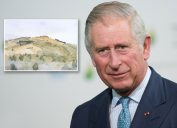King Charles Loses $600M on Property, Forcing Him to Dip Into His Untold Riches
Partly because of post-COVID issues
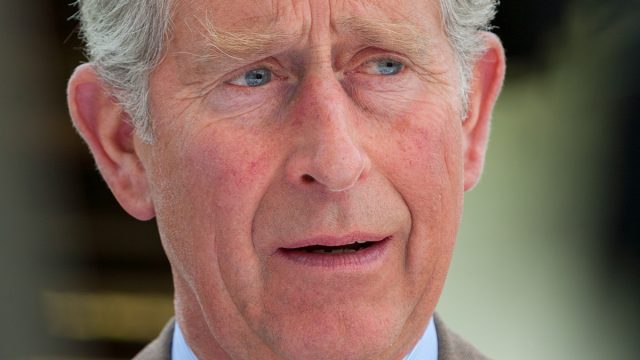
Like so many institutions across the world, the British Crown is in transition—if not a full-on financial crisis—dealing with the realities of the post-pandemic economic landscape. The Crown lost more than $600 million in the last year on its property holdings in London, partly because of post-COVID issues. Read on to find out what they are.
1
Why the Losses?
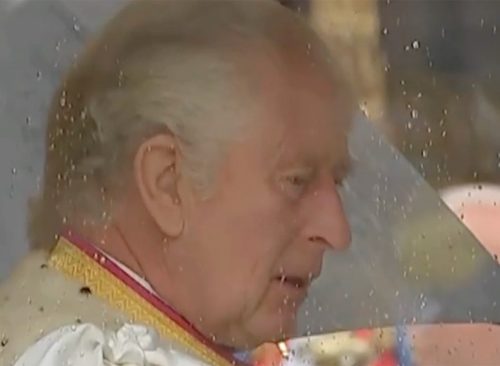
According to the Telegraph, the Crown Estate experienced $600 million in losses on its London property portfolio "after the value of retail space crashed as shoppers stayed away during the cost of living crisis." The annual report published by the king's public estate showed that its income from London properties fell by 6.5% in the last year—a loss of $635 million—as foot traffic to London's West End has been mired below pre-pandemic levels.
2
Crown Dented By Inflation, Like Everyone Else

"The Sovereign Grant report revealed that the King was no more immune to the soaring inflation than anyone else," the Telegraph reported. Official royal spending increased by 5% during the last financial year to $136.5 million, while its income decreased by 1% to $12.4 million – less than half of pre-pandemic levels. About 20% of the Crown Estate's properties are now vacant or unoccupied—up from 10% last year.
3
"Unprecedented Royal Activity"
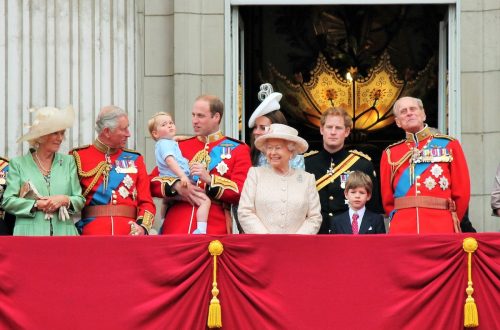
On June 29, the UK Times reported that King Charles has been "forced to dip into his reserves after overspending to cover the costs of a year of unprecedented royal activity." Buckingham Palace's expenses grew by more than $6.3 million this year, to $136 million, because of the costs of the Platinum Jubilee, Queen Elizabeth's funeral, preparation for Charles's coronation, and the merging of two royal households.
4
Income Dropped
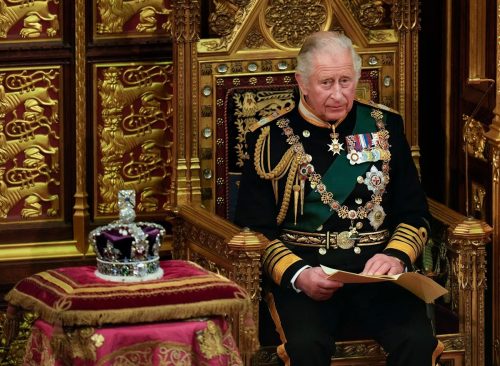
At the same time, global inflation and post-pandemic realities saw the Crown's income fall. "Aides said that even the monarchy is facing 'pressure' during the cost of living crisis," the Times reported, adding that more than $26.6 million was withdrawn from royal reserves. "Staff have been assessing ways to cut costs 'across the board'," the news outlet said. "Among the measures introduced this year, the heating has been turned down at the palace and other royal homes to cut emissions." But ordinary British citizens have faced harsher realities during the crisis—poverty levels have soared and the use of food banks has doubled.
5
"An Exceptional Year"
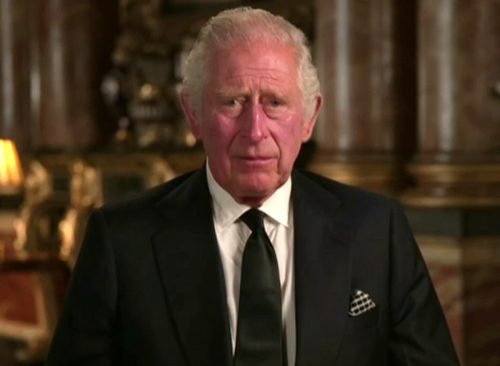
Sir Michael Stevens, the keeper of the privy purse, said it had been "an exceptional year" for the royal household. He said the year had involved "grief, change and celebration, the like of which our nation has not witnessed for seven decades". Payroll costs rose $4.3 million to $34.4 million as staffers were given raises of about 5% to 6%. Housekeeping and hospitality costs rose as the palace re-opened to nearly pre-pandemic levels—for example, food and beverage costs rose from $762,000 in 2022 to $1.9 million.
6
Entertainment Expenses Rose
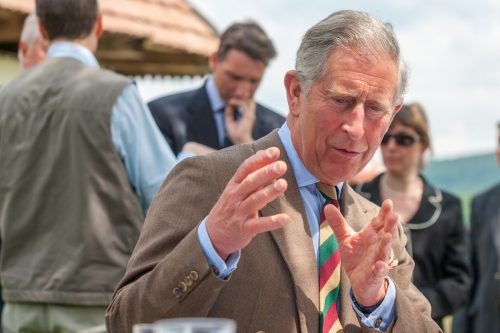
In the 12-month period from April 2022 to March 2023, the royal household hosted more than 95,000 guests during 107 receptions, 142 lunches and afternoon teas, 44 investitures, seven garden parties, and 38 dinners. The UK's Sovereign Grant pays for the monarch's official duties. The budget has been $109.6 million since 2021. But in that time, income from the grant has fallen by more than $15.2 million because of inflation.
7
Where Does the Sovereign Grant Come From?
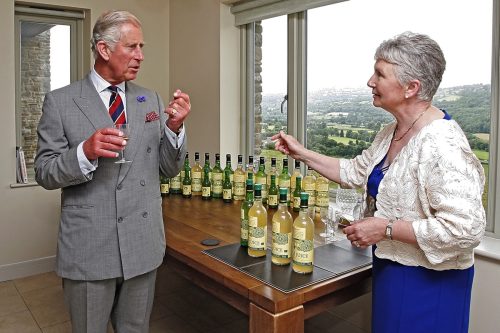
The Sovereign Grant is partly funded by $12.3 million in supplementary income generated from royal property rental income and recharges to the Royal Collection Trust. According to the Telegraph, the grant and supplementary income have not been sufficient to cover all the costs," forcing the royal household to again dip into its 'diminishing' sovereign grant reserve." In the past year, it has taken out $26.9 million. Last year, $20.4 million was taken from the reserve.
8
Charles Demonstrated Financial Savvy
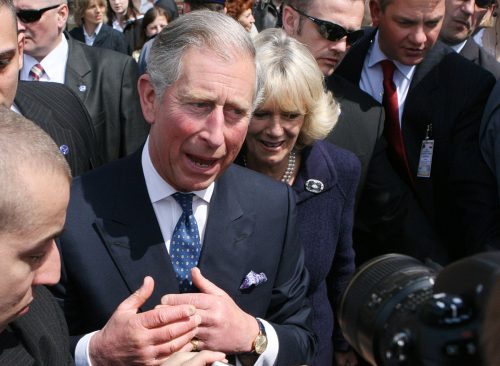
Last September, the New York Times reported that although his mother, Queen Elizabeth, delegated financial issues to others, Charles was personally involved in developing the private royal estate known as the Duchy of Cornwall. "Over the past decade, he has assembled a large team of professional managers who increased his portfolio's value and profits by about 50 percent," the news outlet reported. "The conglomerate's holdings are valued at roughly $1.4 billion, compared with around $949 million in the late queen's private portfolio. These two estates represent a small fraction of the royal family's estimated $28 billion fortune. On top of that, the family has personal wealth that remains a closely guarded secret."
9
Where Do the Royals Get Their Money?
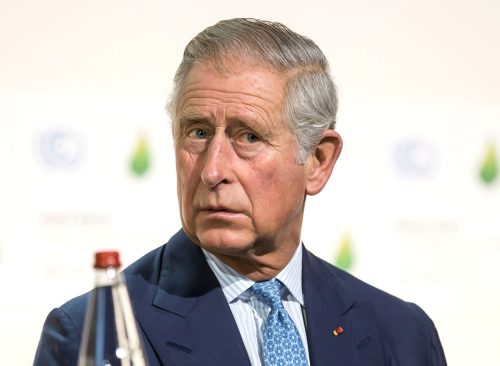
Although much of the royal family's fortune is shrouded in mystery, it generally falls into four groups:
- The Crown Estate, which is managed by a board of directors. Valued at more than $19 billion, the estate includes shopping malls, busy streets in London's West End, and wind farms. The royals earn rental income from their official estates, but they're not allowed to profit from sales, as they don't own the assets. The estate's profits are turned over to the Treasury, which gives the royal household a payment called the "sovereign grant" based on those profits. Any shortfall has to be covered by savings.
- The Duchy of Lancaster. This $949 million portfolio is owned by whomever sits on the throne.
- The Duchy of Cornwall, which Charles has run since age 21. "Generating tens of millions of dollars a year, the duchy has funded his private and official spending, and has bankrolled William, the heir to the throne, and Kate, William's wife," the New York Times reports. Once a financial laggard, the Duchy became more financially aggressive with its investments when Charles took control.
- The royal family's private fortune. According to the Sunday Times, Queen Elizabeth had a net worth of about $430 million. That includes her personal assets, such as Balmoral Castle and Sandringham Estate, which she inherited from her father. Much of her personal wealth has been kept private.
